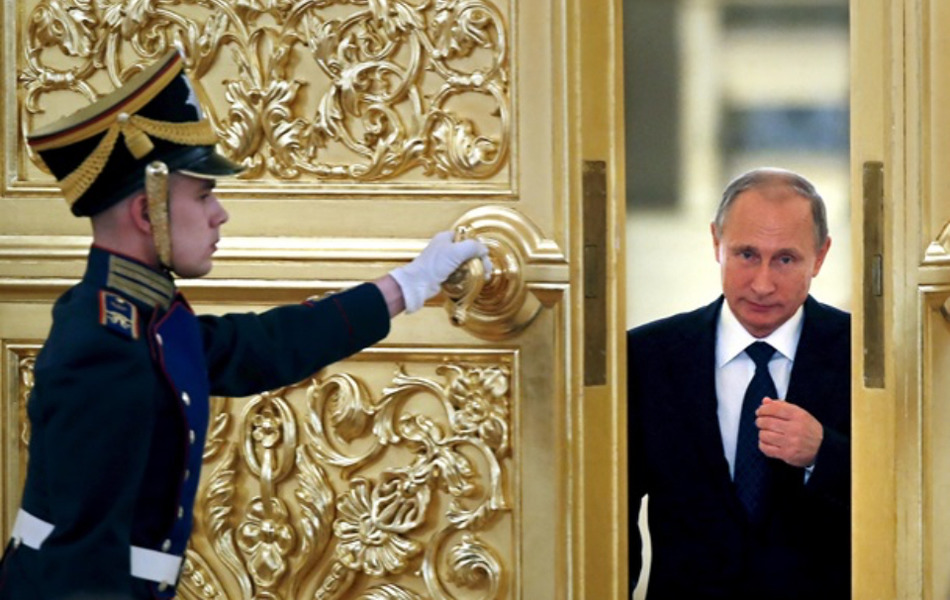On April 30, 2025, the Kremlin decided to play out a false spectacle called «readiness for negotiations» with Ukraine. Russian presidential spokesman Dmitry Peskov said that Moscow is open to dialog without preconditions, but insists that the talks should be conducted directly with Kiev, not through Washington. The statement came amid Russia’s proposal to declare a three-day ceasefire from May 8 to 10, timed to coincide with Victory Day, which Moscow is trying to pass off as a goodwill gesture.
Ukraine reacted with restraint, realizing perfectly well that Moscow always, without exception, lies and that this proposal most likely hides some kind of ordinary Kremlin meanness. History teaches us that such «peace initiatives» by Moscow are nothing more than a tool to mislead. Statements of «readiness for peace» are being broadcast against the background of ongoing barbaric attacks on Ukrainian cities and the mass murder of Ukrainian civilians, which is proof that the Kremlin’s «peace signals» are just a disguise for the continuation of war. Russia does not seek peace, but only seeks ways to expand the occupation of Ukrainian territories in order to force Ukraine to negotiate on its own terms. This is a classic trick of Moscow — to talk about peace while simultaneously waging a war of aggression.
On April 30, President Volodymyr Zelensky was absolutely correct in calling the Russian initiative «manipulation,» emphasizing: «To end the war, we don’t need to wait until May 8. We need to stop the strikes, stop the killing, and then seek a negotiated solution.»
In fact, President Zelensky repeated Kyiv’s unchanged and consistent position of not negotiating without a cessation of hostilities on the part of Russia.
At the same time, we witnessed unexpected changes in US diplomatic initiatives, which may indicate a change in the White House’s attitude towards Russia’s position.
Donald Trump’s special envoy Keith Kellogg announced last week in London that Ukraine had agreed to a list of 22 actions proposed by the US to end the war. He said negotiations with Kiev had been conducted in a spirit of partnership and now «it’s Russia’s turn.» He also criticized the proposal for a three-day ceasefire, calling it «insufficient and tactical» making it clear that Washington has no intention of playing along with host Kremlin. Moreover, the U.S. announced the first direct export of $50 million worth of arms to Ukraine under the Trump administration, as well as a strategic agreement with Ukraine on a joint development fund in the mineral sector. The agreement calls for both sides to invest in projects in Ukraine, from mining to infrastructure, with profits reinvested in rebuilding the country for the first ten years. This move not only strengthens Ukraine’s economy, but also sends a clear message to Moscow that prolonging the conflict will only increase support for Kiev.
In this way, the U.S. is not only supporting economic recovery, but also emphasizing its role in the region’s security architecture.
Some Western observers believe that by doing so, the U.S. is demonstrating its readiness to act not only militarily, but also politically and economically. In this way, Washington is making it clear that it views Ukraine as a long-term partner and not just an object of temporary assistance.
At the same time, Republican Senator Lindsey Graham, a close associate of President Trump, introduced in Congress the «Russia Sanctions Act of 2025,» which provides for unprecedented measures: 500 percent tariffs on imports of goods from countries that buy Russian oil and gas, uranium and other products and maximum sanctions against Moscow. According to Graham, the bill has already received the support of 72 senators, which makes it possible to override the presidential veto. He emphasized that the bill is aimed at pressuring Moscow to make peace and also sends a clear message that if there is no progress, the Russian economy will take a serious hit.
Meanwhile, Russia continues its active fighting. Ukrainian cities have been subjected to massive Russian attacks in recent weeks, clearly showing Russia’s unwillingness to end the war. On April 29, Russia launched another strike on the city of Sumy, which resulted in civilian casualties. Such actions once again prove that the Kremlin’s claims of peace cannot be trusted.
It is time for Western partners to realize the obvious: Russian «peace signals» are nothing more than a diplomatic ploy designed to weaken support for Ukraine and sow division among allies. Each new strike on Ukrainian cities confirms that the Kremlin is not interested in peace. Sustainable peace is possible only if Russia takes full responsibility for its war crimes, abides by international law and is clearly accountable for its violations, not on the de facto consolidation of the results of aggression.Any other solution would only be a postponement of Moscow’s new aggressions, which threaten not only Ukraine but also the security of all of Europe.

